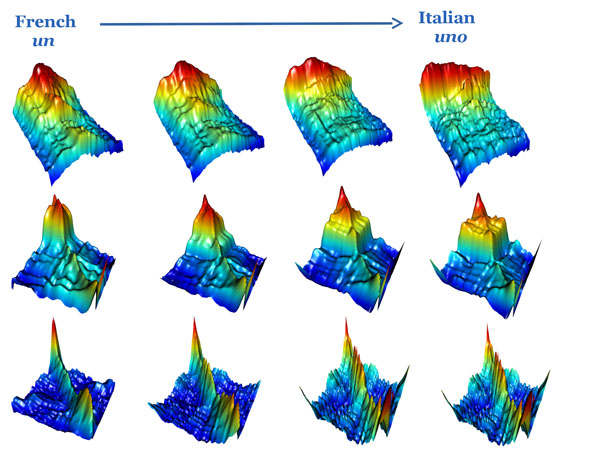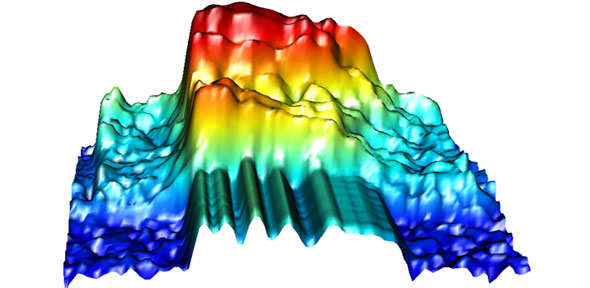Do you speak PIE? Your ancestors probably did!
There’s a good chance – make that a really good chance – that one of your ancestors spoke the ancient language known as Proto-Indo-European (PIE). According to New Scientist, many modern languages, such as English, Farsi, and Swedish, are thought to originate from the PIE. Other PIE “descendant” languages include Dutch, French, German, Greek, Hindi, Italian, Sanskrit, and Spanish.
PIE is believed to have originated between 6000 – 3500 BC and was spoken as a single language during the Neolithic Age. It has evolved into over 400 modern languages. For a more complete list, see the language tree at the end this article.
Researchers have worked extensively to trace the ancient language from daughter languages. But no one was able to “listen” to how PIE sounded, until now.
Phys.org recently published an article, “Time travelling to the mother tongue,” that described how researchers from the Universities of Cambridge and Oxford were able to demonstrate how words sounded in PIE.
Statistical Shape-Shifting
The researchers developed a sound-based statistical analysis method to move back through the family tree of languages that stem from PIE. They aim to simulate how certain words would have sounded when they were spoken thousands of years ago.
“Sounds have shape,” stated Professor John Aston, University of Cambridge. “As a word is uttered it vibrates air, and the shape of this soundwave can be measured and turned into a series of numbers. Once we have these stats, and the stats of another spoken word, we can start asking how similar they are and what it would take to shift from one to another.”
The shape of the soundwave that is created can be measured, resulting in numerical data. This data is transformed into spectrograms: 3-dimensional representations of the sound waves, showing power (amplitude) plotted against time and frequency.
The team examined the shape of the spectrogram in one language to the shape of the spectrograph of the same word in another, or earlier, language. They can shift from one shape to another by a series of small changes in the spectrograms.
“We primarily used MATLAB for most of the audio pre-processing of the spectrograms,” Aston added. “It’s more than an averaging process, it’s a continuum from one sound to the other. At each stage, we can turn the shape back into sound to hear how the word has changed.”

A visual representation of the shift in the shape of the spectrograph for the same word from one language to another. Image credit: The University of Cambridge.
Linguistics and Acoustic-Phonetic Expertise
This project required a multi-discipline approach. Professor Aston led the team of statisticians in Cambridge. The linguistic expertise was provided by Professor John Coleman’s group at the University of Oxford.
For the acoustic-phonetic analysis, they focused on words for numbers, since they have the same meaning in all languages. In this soundwave, you can hear the change from the PIE pronunciation of “septm” to the current English for “seven” which holds the same meaning.
“We’ve explicitly focused on reproducing sound changes and etymologies that the established analyses already suggest, rather than seeking to overturn them,” stated Professor Coleman.
The team is able to use the same methodology to predict how our languages will sound in the future, with some limitations.
“If you just extrapolate linearly, you’ll reach a point at which the sound change hits the limit of what is a humanly reasonable sound,” according to Coleman. “This has happened in some languages in the past with certain vowel sounds. But if you asked me what English will sound like in 300 years, my educated guess is that it will be hardly any different from today!”
Statistics to show (and hear!) to roots of modern language
This research is yet another great example of the omnipresent nature of mathematics. With the evolution of computational capabilities, statistical analysis is helping unlock many of our world’s mysteries.
“From my point of view, it’s amazing that we can turn exciting yet highly abstract statistical theory into something that really helps explain the roots of modern language,” concludes Aston.
If you would like to listen to more audio demonstrations of words from the Proto-Indo-European language, visit this page from the University of Oxford’s Phonetics Laboratory, or follow them on Twitter @sounds_ancient.
Here is a partial list of the more than 400 modern languages that is believed to have evolved from PIE:











Comments
To leave a comment, please click here to sign in to your MathWorks Account or create a new one.